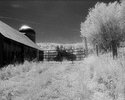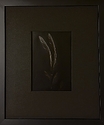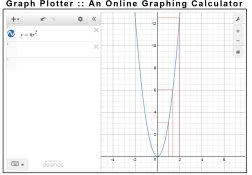IanBarber
Member
I am planning a ini vacation over at the coast and want to do some lone exposure sea scape photography during the day using the Mamiya 645.
In order to get the effect of the water i want, i shall be using my 16 or 10 stop ND filter with a total exposure time of around 4 minutes.
Questions:
In order to get the effect of the water i want, i shall be using my 16 or 10 stop ND filter with a total exposure time of around 4 minutes.
Questions:
- Has anyone had experience using 10 or 16 stop ND filters with Acros 100
- Will I need to add 1/2 stop to the 4 minutes for reciprocity failure ?
- At 4 minutes would adding 1/2 stop result in a 6 minute exposure ?







